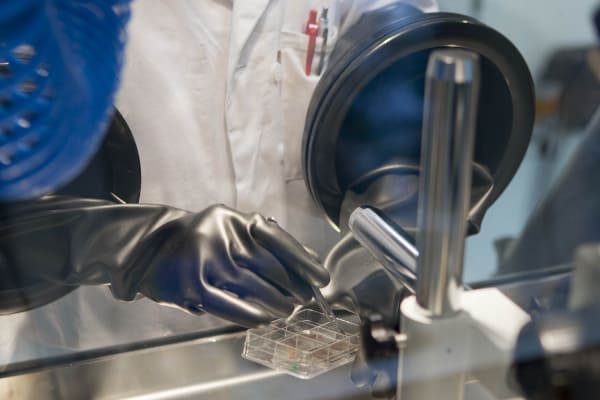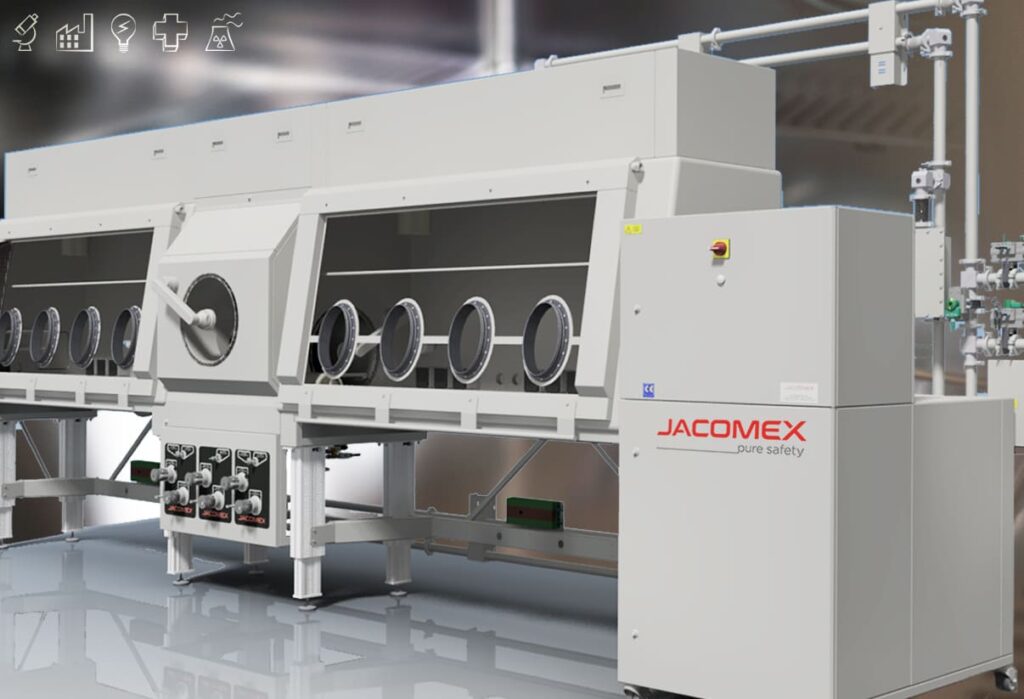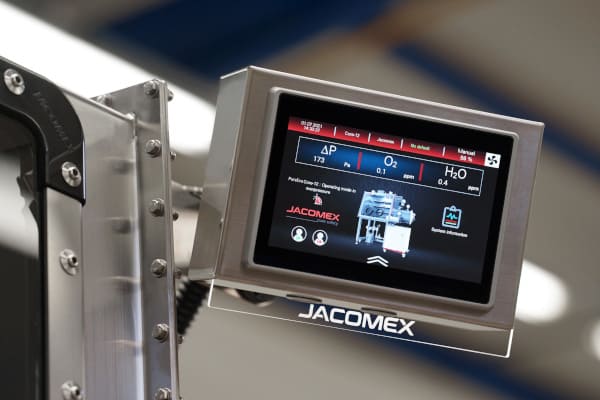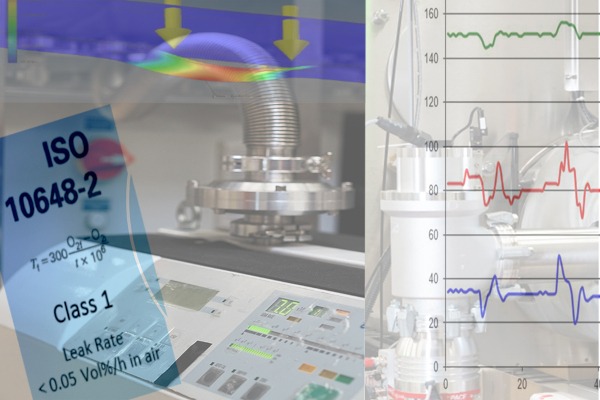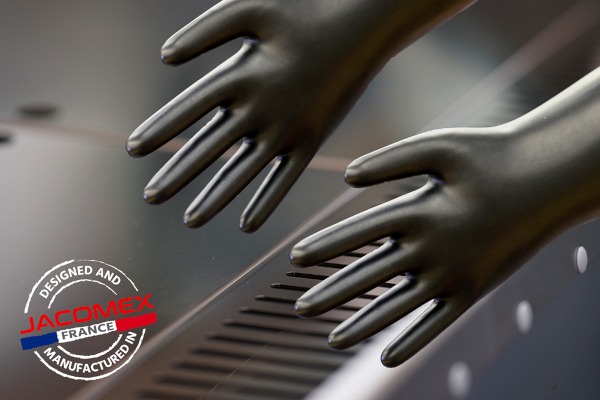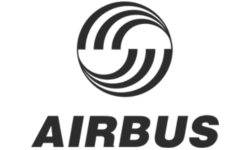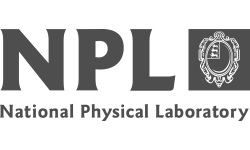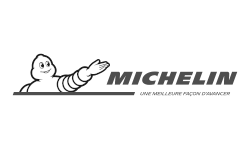Laboratory Hood
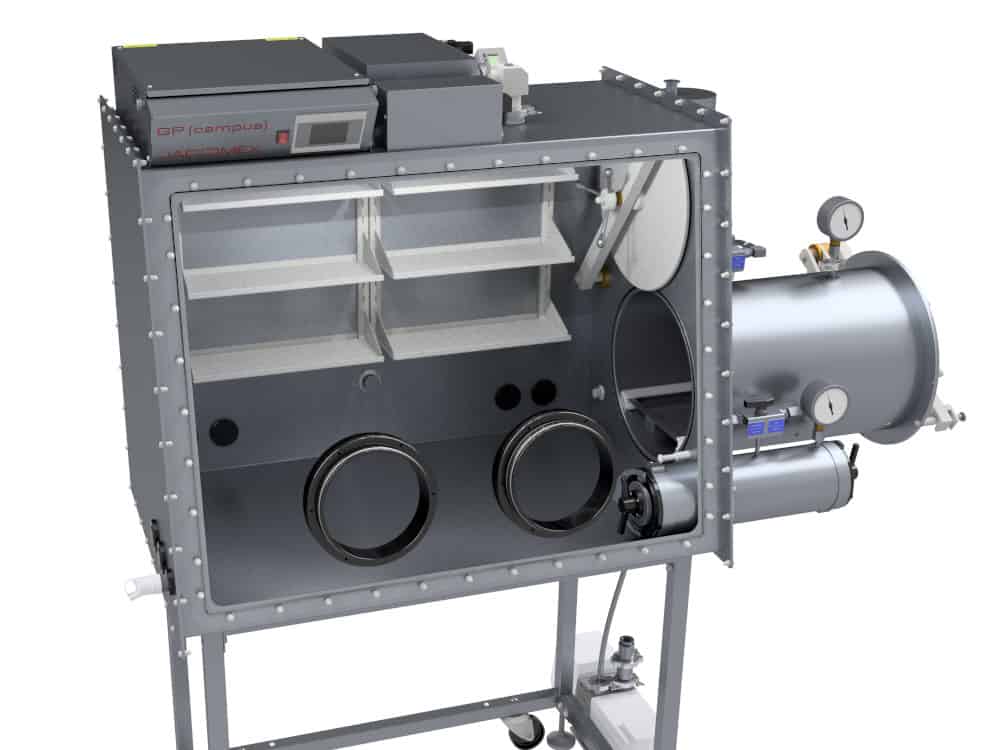
Gloveboxes and laboratory hoods are among the protective equipment often used during chemical handling in the laboratory. While gloveboxes are used to protect the operator, the products/substances being handled and the external environment, the laboratory hood is a device that serves only to protect the operator. Their operation and applications are not quite the same. It is necessary to differentiate between them in order to choose the right equipment.
The laboratory hood and its function
A laboratory hood is a device designed to extract toxic vapours, gases or aerosols from the workplace when the products being handled emit them. It is also called a fume hood or fume extractor hood. It protects the person from these toxic emissions during handling. It is an open system that can be connected to the outside or inside.
How does it work?
Several elements make up a chemical fume hood: an intake cone, a fan with adjustable speed, an air filtration and an evacuation system. It can also integrate hood cabins or side walls to limit the space to be aspirated. Sometimes it is equipped with a lighting system.
Usually the extractor hood is installed above the worktop or the equipment used. The extraction cone is responsible for extracting unwanted vapours from the workplace. The filter system traps and evacuates hazardous vapours either by treating them with a carbon or particle filter or by discharging them to an extraction system.
- Activated carbon or particle filter: traps vapours and particles so that the air can be evacuated to the outside.
- Evacuation: a system of ducts ensures the evacuation of air that has either been previously filtered or not.
The different types of filters in a laboratory hood
There are several types of filters for a laboratory hood. The hood normally has two: a pre-filter that captures large particles such as dust, then a main filter with a higher or lower efficiency grade. In all cases, they must comply with standard NF EN 1822 – 1.
The main filter of the device can be:
- EPA: air filter removing up to 95% of particles above 3 µm.
- HEPA: high efficiency air filter eliminating up to 99.97% of particles above 0.3 µm (class widely known as H13 and H14).
- ULPA: ultra-low penetration air filter removing more than 99.99% of particles above 0.12 µm.
- Activated carbon filter removing unwanted gases, vapours and odours and chemical elements such as acids, bases, solvents, etc.
- UltraViolet filter destroys micro-organisms (bacteria, germs, microbes, moulds, viruses, etc.).
Which Fume Hood should I pick?
A wide range of fume hoods is available on the market. The different laboratory fume hoods used for the extraction of hazardous chemicals, volatiles, gases, aerosols, particles or suspended matter at the source are as follows:
- The filtration fume hood: it extracts the hazardous vapors produced by the samples handled to protect the user and the environment. Generally, this fume hood is equipped with activated carbon filters that absorb gaseous emissions and HEPA filters that trap particles.
- The extraction hood: it protects the operator during handling operations, but does not include a filtration system. Therefore, it must be connected to an existing exhaust system to evacuate the fumes. Suitable for the extraction of non-toxic and malodorous vapors
- Laminar flow fume hood: It has a HEPA filter that traps and filters spores, dust, bacteria, yeast and other particles from the air in the work area. It therefore generates clean, particle-free air through a horizontal or vertical flow, which protects the products and the work surface.
- The most sophisticated fume hoods can offer triple protection: for the operators by capturing and filtering chemical fumes; for the samples by providing a controlled environment; and for the environment by filtering the chemicals used. Furthermore, the dimensions and materials of chemical fume hoods vary greatly.
What about the laboratory glovebox?
Compared to the chemical hood, the laboratory glovebox plays a completely different role during chemical handling. This equipment is, in fact, a hermetic enclosure that is used to confine an atmosphere and isolate the environment in order to protect the product, the external environment and the operator. It allows the handling of hazardous or extremely sensitive products or substances without taking any risks.
The components of a laboratory glovebox
The glovebox is a protected work area with one or more transparent work surfaces. It is equipped with gloves that allow operation from outside the enclosure. Essentially, it includes gas purification systems to purify the internal atmosphere, transfer systems to allow products/appliances to enter and exit without breaking containment and without risk of environmental contamination, and regulators to simplify control of the equipment.
All gloveboxes must also incorporate safety systems that can be triggered automatically in the event of leaks or incidents to reduce the risk of contamination. Thanks to its design, which is much more technically sophisticated, the laboratory glovebox allows the handling of volatile, radioactive or toxic chemicals, water or air-sensitive substances, etc.
The two types of laboratory gloveboxes
Operators can choose between two types of gloveboxes for laboratory applications.
- Glovebox for containment of dangerous substances: intended for the handling of pathogens, carcinogenic substances, toxic and allergenic products, radioactive materials, etc.
- Glovebox for confining materials in an inert atmosphere: intended for the handling under argon or nitrogen of hygroscopic, oxidizable or pyrophoric compounds and materials in an extremely pure environment, i.e. without oxygen, water and traces of solvents.
Glove Box Operation
All glove boxes are equipped with a purification and pressure regulation system. You can choose how it works depending on whether you want to protect your operations or protect the operators and the environment. Note that the technology of a glove box is much more efficient than that of a laboratory hood in both cases.
- A vacuum glove box to protect personnel and the environment
With a pressure slightly below atmospheric pressure, this glove box prevents contact between the hazardous materials/substances contained inside, personnel and the environment. It is mainly used when handling hazardous chemical compounds or pharmaceutical active ingredients, pathogens, radioactive elements or when repackaging CRM and toxic powders, etc.
- An overpressure glove box to protect products or processes
The overpressure glove box operates with a pressure higher than the atmospheric pressure. It is also purified under neutral gas (argon and/or nitrogen). Its atmosphere then becomes inert. To create an extremely pure environment, it can be equipped with a laminar flow system (ISO class 5 minimum). This type of glove box is used in various scientific and industrial processes.
Conclusion
In terms of deciding between the use of a glovebox or a laboratory hood, it is important to consider the follwing: The laboratory fume hood is generally used when the TWA (Mean Exposure Value of the most toxic product used) exceeds 400 ppm and as long as the operation does not require a closed system. On the other hand, if you have to handle hazardous products or under a controlled atmosphere, you should use a laboratory glovebox. Its use is recommended when the TWA is less than 1 ppm. The enclosed volume provides optimal protection.
Whatever equipment you need, it is essential to ensure their quality and reliability. To purchase high-quality standard or custom gloveboxes, you have specialists like Jacomex whose reputation is well established. This glovebox manufacturer designs containment enclosures for various fields: energy, industry, nuclear, pharmaceutical-medical, research and development, etc.
Get a Free quote without obligation
Contact our commercial team to get a customized quote for a glovebox.
They Trust Us
location
184 Avenue du Bicentenaire
Zone Les Prés Seigneurs
01120 Dagneux – France
Made in France
All of our products are designed and manufactured in France


